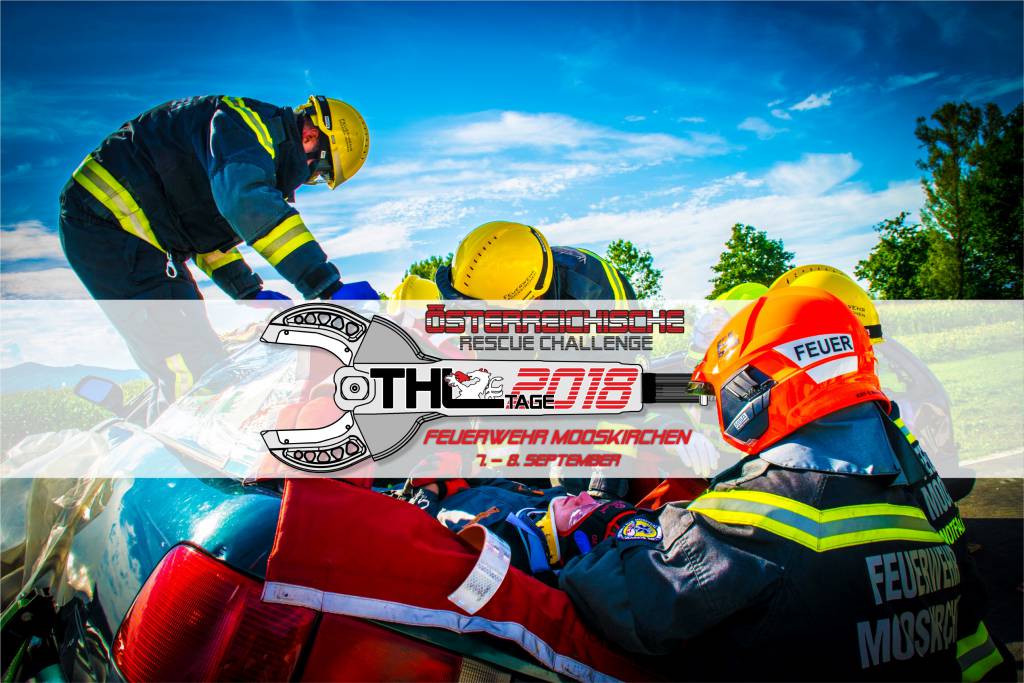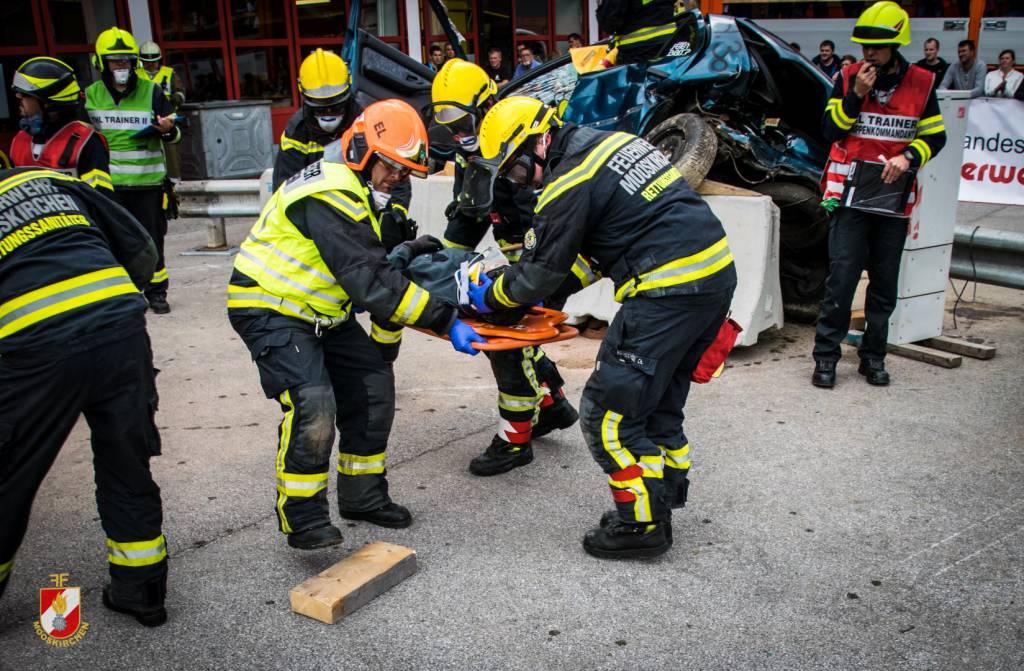What´s THL days all about:
The THL Days are an annual gathering of fire departments of different nationalities to train the structured rescue of people after traffic accidents on a professional level, to share knowledge and to make and maintain friendships.
Why is THL important:
Vehicle technologies and the preclinical care of accident patients have continued to change rapidly in recent years. Vehicles must be built ever more stable and secure, but accident medicine requires ever faster, yet gentle rescue and transport of injured people in a clinic. The task field is thus becoming increasingly complex and fast-paced for the fire brigade.
Events like the THL Days help us keep up with new technologies and share new insights. Only a structured way of working creates an environment in which these requirements can be met. Being evaluated by international and experienced coaches offers the opportunity to grow in a professional way on technical emergency rescue.
Who participates:
Any team worldwide can participate, as long as it is responsible for technical human rescue within its area. So far, the teams have always been a mix of Austria, Germany, Switzerland, Luxembourg and England. Some Austrian teams already have experience on an international level.
What`s the benefit for Styria:
Everyone can learn something from everyone, we see far beyond our borders and can thus learn or observe our knowledge and various techniques. The THL days will take place in 2018 for the first time in Styria! It would be desirable if, of course, additional teams from Styria would be motivated to participate and thus increase the effectiveness throughout technical rescue.
What is THL and TRT?
For some years, there are events that deal specifically with the topic of THL or TRT. THL stands for TECHNICAL ASSISTANCE (Technische Hilfeleistung). TRT comes from the English language and means TECHNICAL RESCUE TEAM. In 2010, the fire brigade Zirl in Tyrol held such an event for the first time in Austria.
THL is a training event with the emphasis on the patient-appropriate rescue of persons from accident-damaged vehicles with little personnel and exact task distribution. The goal is of course the mutual learning effect and the exchange of experience of the fire brigades among themselves. Although it takes place under the watchful eye of referees, it is not a competition in the traditional sense, but learning is the most important goal.
Whats happening during this event?
A traffic accident is represented by one or two vehicles and other obstacles. A person is positioned as an injured person in the vehicle. How the accident set up is solely the creativity of the performing fire brigade. The cars can stand on the wheels, lying on the side or on the roof. Enclosed obstacles such as electrical boxes, trees or iron bars complicate the rescue and must not be moved to the side.
The team, consisting of six people, now has 20 minutes to free the injured person as gently as possible from the accident vehicle. In doing so, tactical measures are to be observed. The health of the accident victim remains stable when the inner rescuer takes the appropriate action.
Which kind of protective equipment is necessary?
Full personal protective equipment is required. Furthermore, appropriate eye protection (safety goggles) must be used. The helmet visor in common fire helmets does not count as eye protection but can only be used as a face shield. The use of suitable goggles is therefore mandatory. Since the glass management will also be carried out if necessary, a mouth guard (at least Class: FFP1) is required. Cut-resistant gloves and below them disposable gloves.
How long will one scenario last?
A scenario (standard pit) lasts 20 minutes.
This time comes from the “Golden Hour of Shock”. It is expected in the case of 20 minutes for the alert and approach the emergency services, another 20 minutes for the rescue and rescue from the accident vehicle and again 20 minutes for the transport of the injured person in the hospital. In total, 1 hour within which the patient has the best chance of full recovery without consequential damage.
Equipment needed at the event
The technical equipment is basically provided by the organizer and consists essentially of equipment that is included in each combined vehicle for fire and technical rescue tactics called (RLF). Further, the latest equipment and tools of the company Weber Rescue Systems are available. However, each team is free to use their own equipment. This equipment must comply with current standards and safety regulations and be approved by the organizer or main referee before the event begins.
Who can participate?
Every fire brigade or rescue organization can join because they basically work according to the same rules. But everyone has their own tips and tricks for an emergency mission. And that’s exactly what it’s all about. Each of the participants passes on their knowledge and experience and, in return, each participant benefits from the other.
Who does a team consist of?
A team consists of six people. These must be members of a fire department or other recognized rescue organization and should already have experience in the field of accident rescue.



